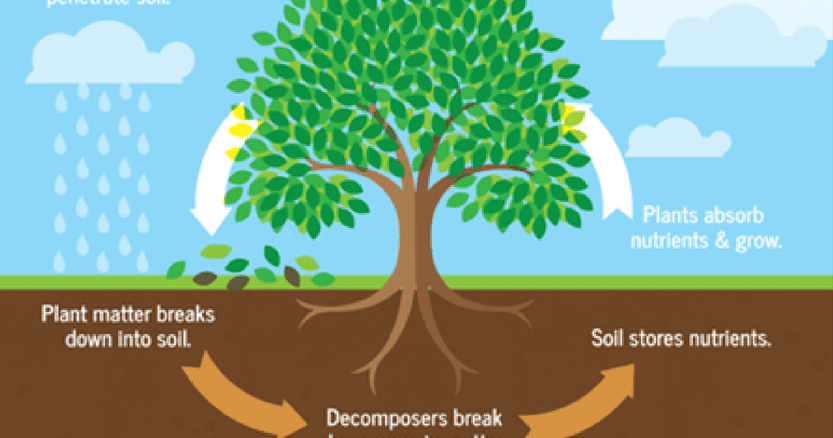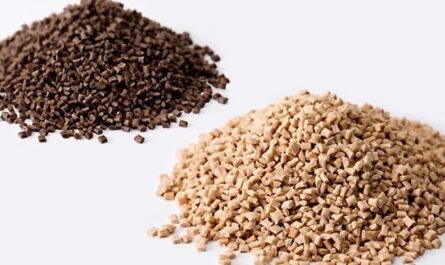Market Overview
The global Nutrient Recycling Market is estimated to be valued at US$4.98 billion in 2023 and is expected to exhibit a CAGR of 5.9% from 2023 to 2030, according to a report by Coherent Market Insights. Nutrient recycling technologies play a crucial role in sustainable agriculture by transforming organic waste into valuable nutrients for crops. Companies such as Ostara Nutrient Recovery Technologies, Nutrient Recovery & Upcycling LLC, and Anuvia Plant Nutrients are leading the way in this market, offering innovative solutions to address the growing demand for sustainable agriculture practices.
Market Dynamics
The Nutrient Recycling Market is driven by two key factors: environmental concerns and the need for sustainable agriculture practices.
1. Environmental Concerns: With increasing population and urbanization, waste generation has also risen significantly. Improper waste management leads to harmful nutrient runoff, polluting water bodies and causing environmental damage. Nutrient recycling technologies provide an effective solution to recover and repurpose these nutrients, reducing pollution and minimizing the ecological impact.
For example, Nutrient Recovery & Upcycling LLC offers a system that captures phosphorus and nitrogen from agricultural and urban wastewaters, preventing their release into waterways and restoring them for beneficial use in agriculture.
2. Sustainable Agriculture Practices: Growing awareness about the need for sustainable food production has driven the demand for nutrient recycling technologies. By converting organic waste into nutrient-rich products, these technologies enable farmers to reduce their reliance on synthetic fertilizers, which can have detrimental effects on soil health and water quality.
Anuvia Plant Nutrients utilizes organic waste streams to produce high-quality fertilizers that nourish crops while improving soil health and reducing nutrient loss. This approach not only enhances agricultural productivity but also promotes sustainable farming practices.
Market Key Trends
One key trend in the Nutrient Recycling Market is the adoption of circular economy principles. Circular economy aims to close the loop by minimizing waste generation and maximizing resource efficiency. Nutrient recycling technologies align perfectly with this concept, as they transform waste into valuable resources, reducing reliance on virgin materials and promoting a sustainable and circular approach to agriculture.
A prime example of this trend is AgriProtein Holdings Ltd., which utilizes black soldier fly larvae to convert organic waste into high-protein animal feed. This innovative approach reduces waste sent to landfill, decreases the reliance on fishmeal as a feed source, and contributes to a more sustainable and resource-efficient agricultural system.
SWOT Analysis
Strength:
Nutrient recycling technologies offer a sustainable solution to nutrient management, reducing pollution, and enhancing agricultural productivity.
Weakness:
The initial investment required for implementing nutrient recycling technologies can be a barrier for small-scale farmers, limiting their adoption.
Opportunity:
The growing demand for sustainable agriculture practices globally presents significant opportunities for the expansion of the nutrient recycling market.
Threats:
Regulatory challenges and lack of awareness among farmers about the benefits and availability of nutrient recycling technologies may hinder market growth.
Key Takeaways
– The global nutrient recycling market is expected to witness high growth, with a CAGR of 5.9% over the forecast period.
– North America is expected to dominate the market due to increasing environmental regulations and the focus on sustainable agriculture.
– Key players in the market include Ostara Nutrient Recovery Technologies Inc., Nutrient Recovery & Upcycling LLC, Cambi AS, and AgriProtein Holdings Ltd. These companies are driving innovation and shaping the future of nutrient recycling technologies.
In conclusion, the nutrient recycling market offers sustainable solutions to address environmental concerns and promote sustainable agriculture practices. By transforming waste into valuable nutrients, these technologies are ushering in a new era of resource efficiency and circularity in the agricultural sector. As regulations evolve and awareness grows, the market is expected to witness significant growth, creating a sustainable future for agriculture.



